For many international travellers, Japan represents a fascinating blend of traditional cultural depth and cutting-edge technological advancement—a place where ancient temples stand in the shadow of futuristic skyscrapers, and where a certain precision coexists with a more chaotic creative energy. Yet for all its appeal, Japan presents a uniquely challenging linguistic landscape that extends far beyond simply not speaking the language.
Unlike many popular tourist destinations where Romance or Germanic languages offer familiar reference points, or where historical connections have embedded English deeply into local culture, Japan’s language evolved with distinct characteristics. The result is not just a different vocabulary but entirely different writing systems, cultural concepts, and communication practices that can make even the simplest interactions daunting for first-time visitors.
The good news? Japan has developed some of the world’s most sophisticated systems for facilitating communication across language barriers. From technological solutions to cultural adaptations, the country has systematically addressed these challenges in creative, inclusive ways.
Learn The Distinction Between Writing Systems
Japan’s three writing systems each serve different purposes: Kanji (Chinese characters), Hiragana (native Japanese words), and Katakana (foreign words). By spending just 30 minutes learning to recognize common Katakana characters, you can identify words like ‘hotel’ (ホテル – hoteru), ‘toilet’ (トイレ – toire), ‘restaurant’ (レストラン – resutoran), and ‘coffee’ (コーヒー – kōhī). This creates a foundation of functional literacy that works particularly well in urban areas where English loanwords are prevalent.
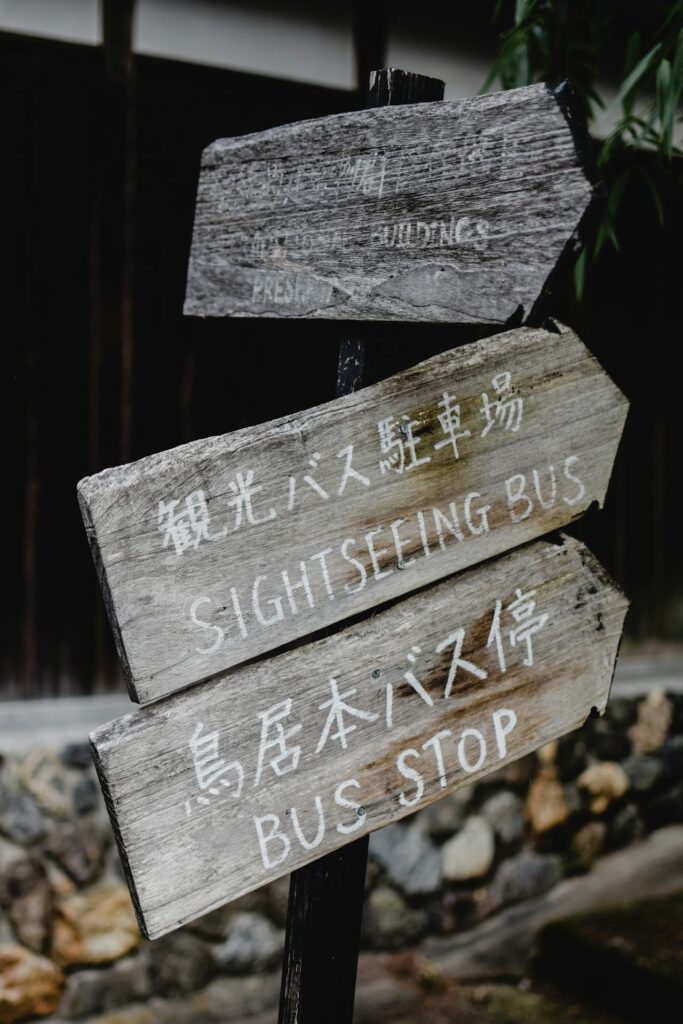

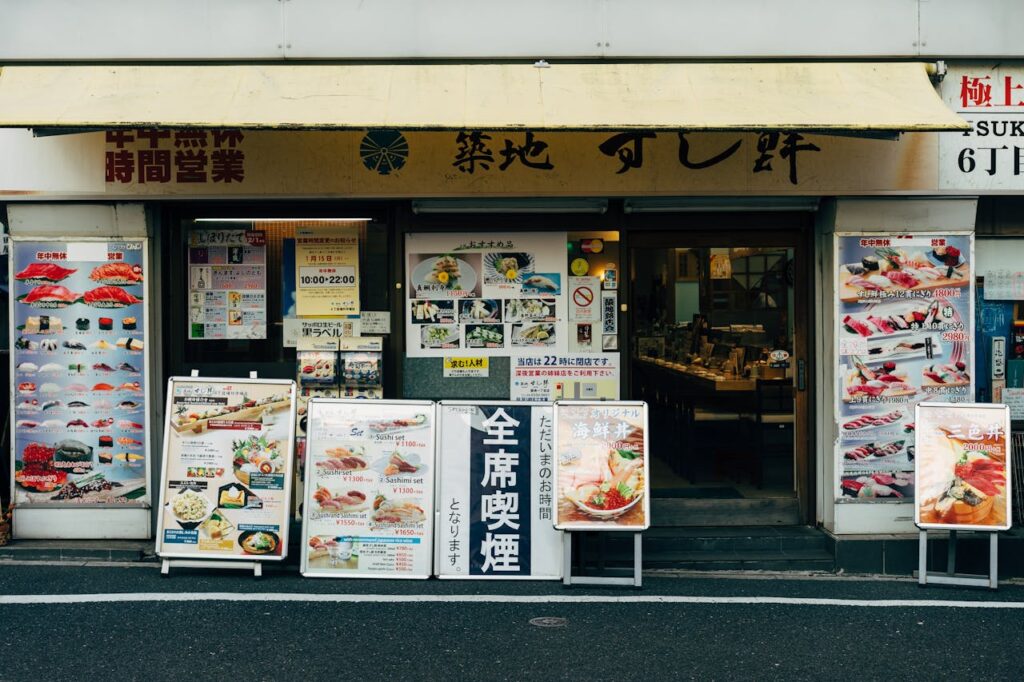
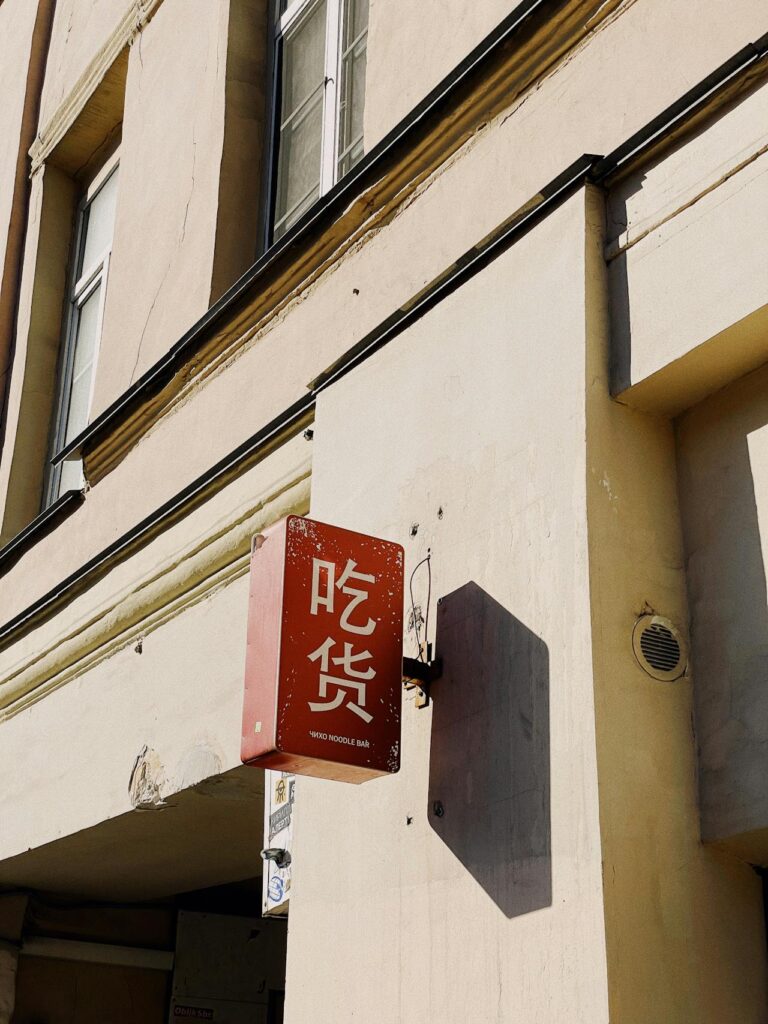
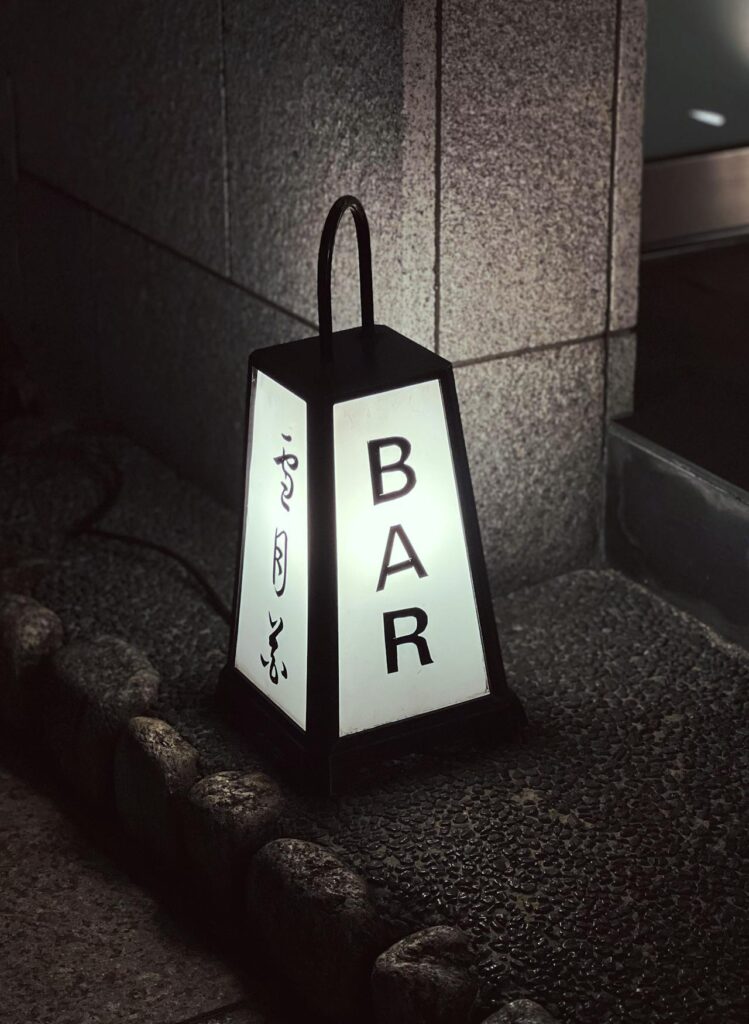
Leverage eSIMs For AI-Powered Translation
An eSIM configured for Japan provides immediate data access upon landing without hunting for physical SIMs. This enables access to cloud-based AI translation tools that function at near-human levels of accuracy. Services like DeepL, Google’s Interpreter Mode, or VoiceTra (developed by Japan’s National Institute of Information and Communications Technology) facilitate real-time conversation with remarkable nuance.
When selecting an eSIM to travel to Japan, prioritise providers with coverage across both urban and rural Japan. Many providers offer Japan-specific packages with data allocations tailored to different trip lengths, often at 30-50% lower cost than roaming charges or airport SIM purchases.
For longer stays, consider Japan Experience or Mobal, which provide eSIMs with local Japanese phone numbers—invaluable when booking at smaller ryokans or restaurants that require local contact information.
Read: For Tokyo first timers, which is the best neighbourhood to base yourself in?
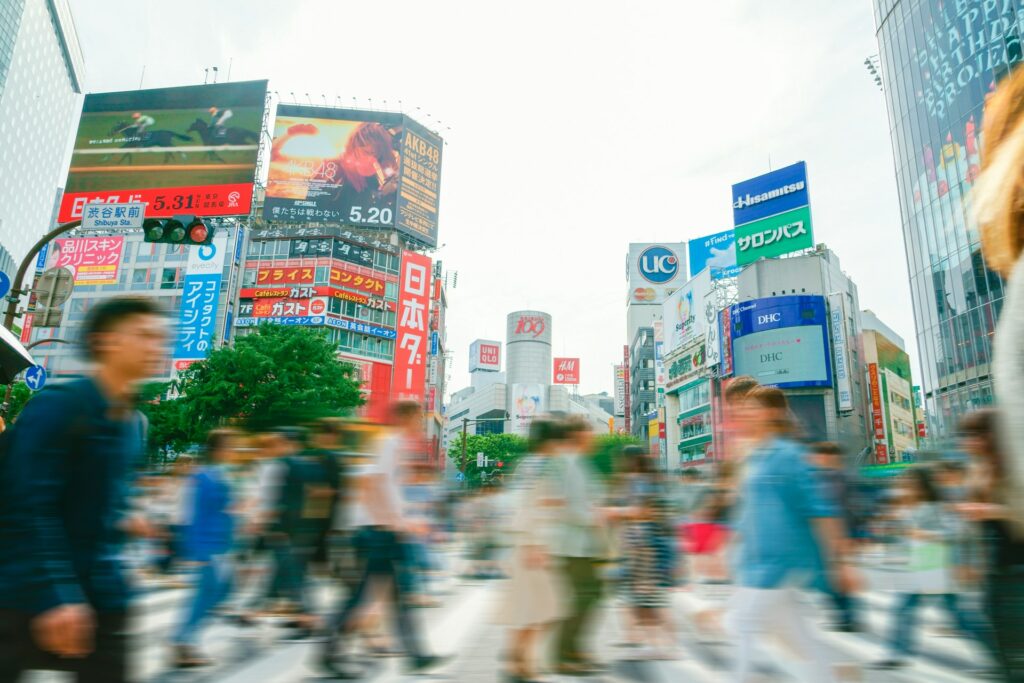
Use Japan-Specific Translation Tools
Generic translation apps serve as acceptable baseline tools, but specialist applications address Japan’s unique linguistic challenges better. Imiwa? offers contextual Japanese-English dictionary functions with drawing recognition for identifying unfamiliar characters—invaluable for deciphering handwritten signs or menus.
Perhaps best used in tandem with Imiwa?, Yomiwa provides real-time camera translation optimised specifically for Japanese character recognition, functioning even with stylised fonts. For navigation, Japan Transit Planner and Japan Travel by Navitime decode complex station names with Japan-specific knowledge.
These specialised tools understand cultural contexts missed by general translators, like the difference between formal and casual speech levels, seasonal expressions, or specialized vocabulary for temples, onsen bathing, or traditional accommodations.

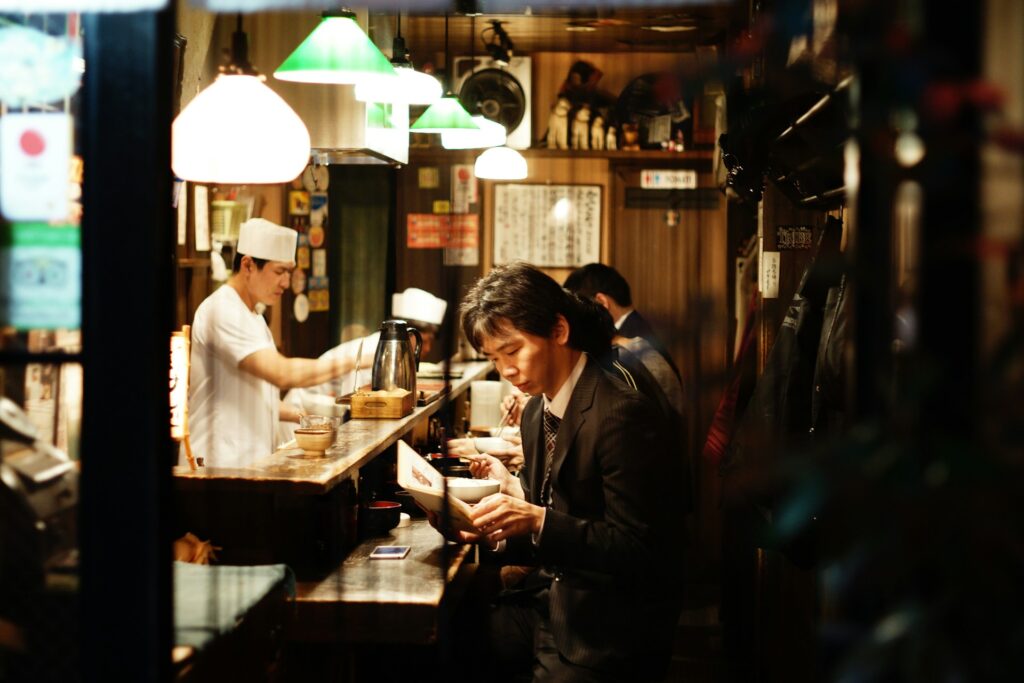
Understand The Point & Speak Culture
In Japan, indicating items visually is an accepted and often expected communication method. Restaurants incorporate visual elements specifically designed for this purpose: extensive photo menus, realistic plastic food displays (sampuru), and numbered ordering systems. When combined with the Japanese word ‘kore’ (this) and a gesture, you can navigate most dining situations effectively.
Ticket machine restaurants take this further—entirely visual interfaces where you select meals by picture, receive a ticket, and hand it to staff with no verbal interaction required. Department stores routinely provide notepads at counters for writing or drawing requests. This aspect of Japanese service culture developed precisely to overcome language barriers and represents a sophisticated communication system rather than a mere workaround.
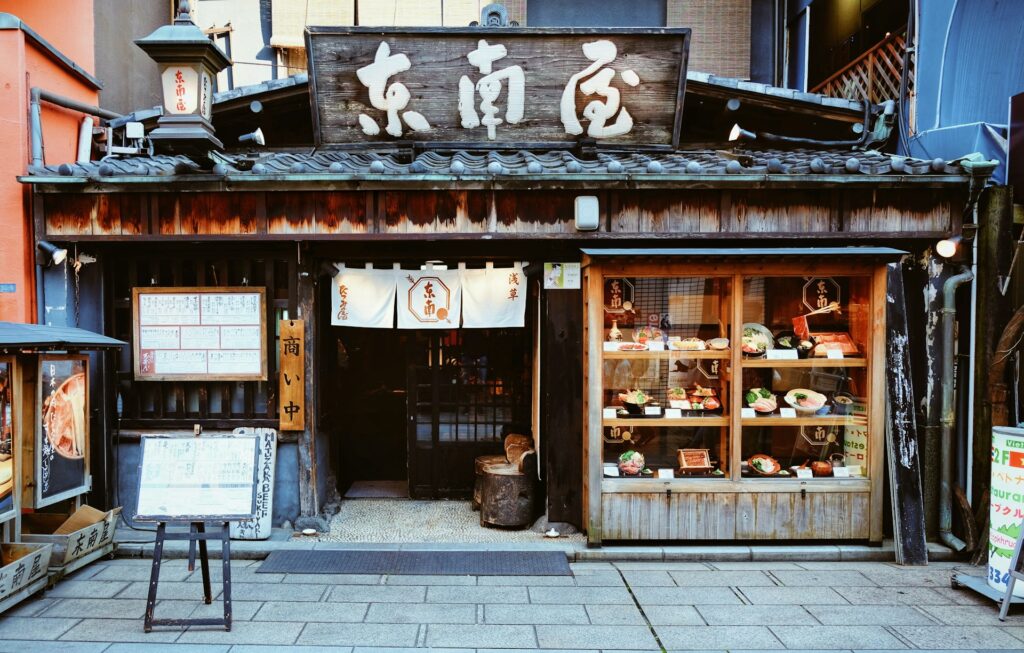
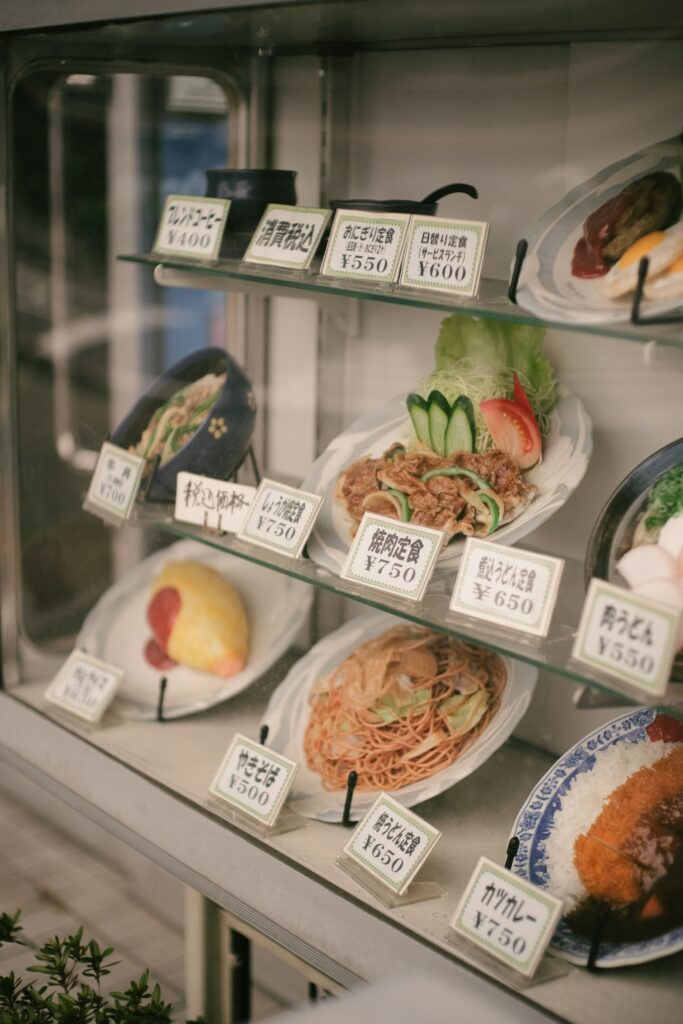
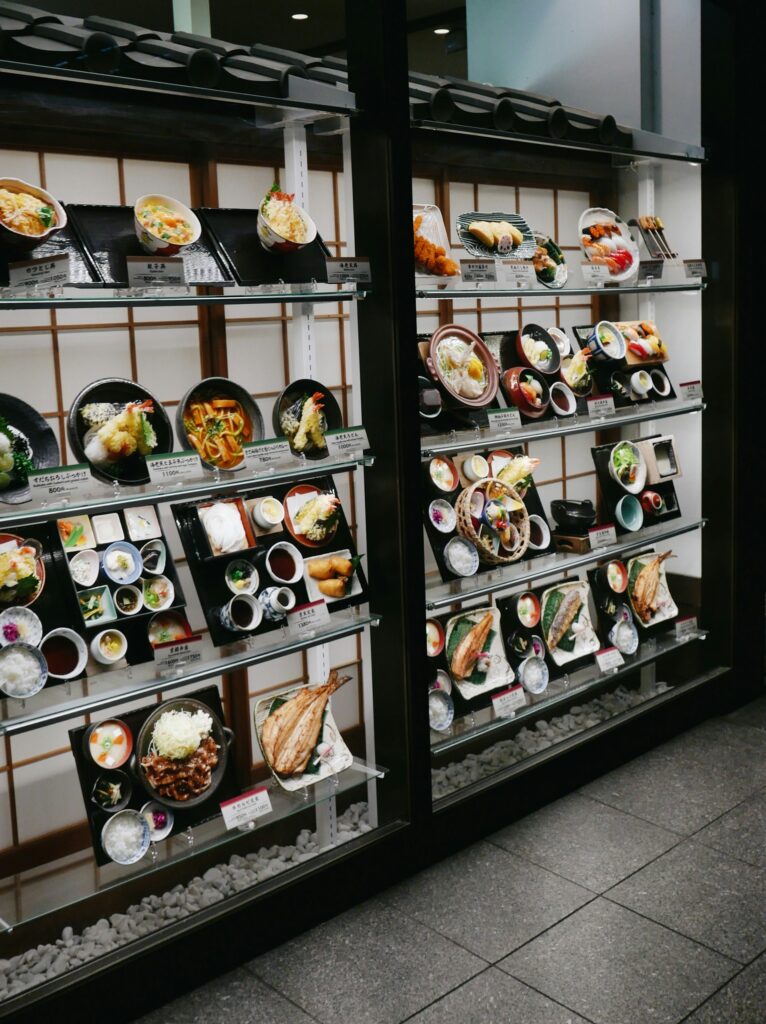
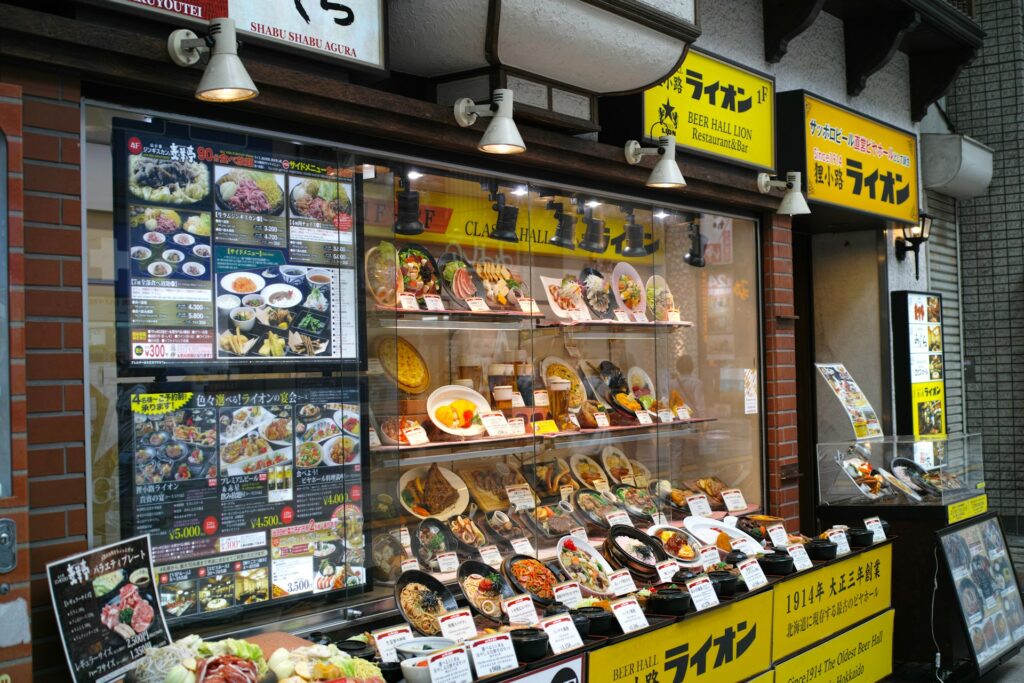
Master The Art Of Reading Japanese Numbers
Hindu-Arabic numerals appear ubiquitously throughout Japan, creating an accessible entry point to functional literacy. The key lies in recognising the counter words that accompany these familiar numbers: ‘-en’ for yen (prices), ‘-ji’ for hours (time), ‘-fun’ or ‘-pun’ for minutes, ‘-ban’ for platform numbers, ‘-kai’ for floors in buildings, and ‘-nin’ for people.
With this limited vocabulary, you can understand ‘3,000円’ as ‘3,000 yen,’ ‘3時15分’ as ‘3:15,’ ‘2番線’ as ‘Platform 2,’ and ‘4人’ as ‘4 people.’ This becomes particularly valuable when booking tickets, checking train departures, confirming prices, or making reservations.
Exploit The Tax-Free Counter System
Major department stores and electronics retailers maintain dedicated tax-free counters staffed by employees with a required English proficiency. These counters serve as unofficial visitor assistance centres throughout Japan’s commercial districts.
Staff here can write directions in Japanese for taxi drivers, make restaurant reservations, check availability at other businesses, or help interpret local customs. Unlike tourist information centres with limited hours, these counters operate throughout standard shopping hours (typically 10:00-20:00) in virtually every commercial district, creating an accessible network of English assistance points.
Look for ‘Tax-Free’ or ‘Tax Refund’ signage in department stores like Isetan, Takashimaya, and Mitsukoshi, or electronics retailers like Bic Camera and Yodobashi Camera. Even without making purchases, polite inquiries for assistance are generally welcomed.

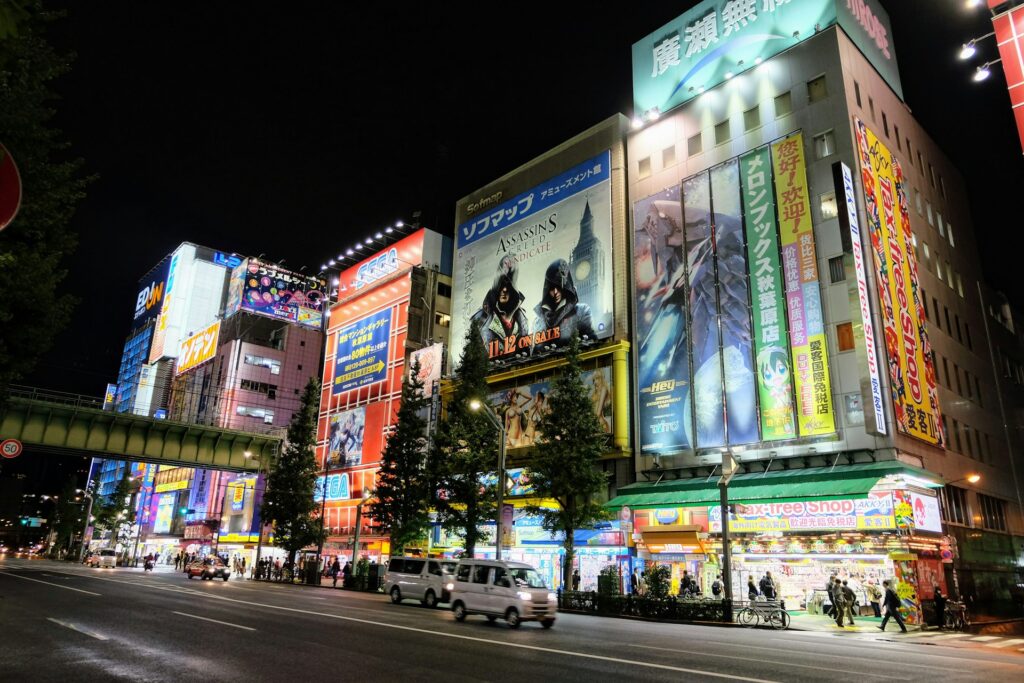

Create Personal Bilingual Cards
Adapting Japan’s business card culture for travel creates an effective communication tool. Develop a basic bilingual card featuring your name in both English and katakana, your country of origin, accommodation details, and any critical medical or dietary information.
When seeking assistance, offering your card immediately establishes a framework for the interaction—the recipient has a physical reference for key details, overcoming the ‘I didn’t catch that’ hesitation that often derails verbal communication. This format proves particularly valuable for communicating with taxi drivers, ryokan staff, or in emergency situations where stress might impede verbal communication.
Navigate Through Pictorial Storytelling
Japan has developed a sophisticated visual communication system with standardised pictograms and illustrated instructions that systematically reduce language dependency. Train yourself to recognize Japan-specific symbols for toilets, bathing instructions, evacuation routes, and electrical controls.
Japanese hotels routinely provide visual room guides indicating control panel functions, waste sorting requirements, and emergency procedures through sequential illustrations. Restaurants offer visual etiquette guides for specialised dining experiences like shabu-shabu, yakiniku, or traditional kaiseki meals.
This visual communication extends to procedural guidance: train stations use color-coding and numbered exits consistently, tourism sites employ standardized mapping conventions, and retail environments use visual flow indicators. Familiarise yourself with common Japanese pictograms through resources like the official Experience Japan Pictograms website before traveling.
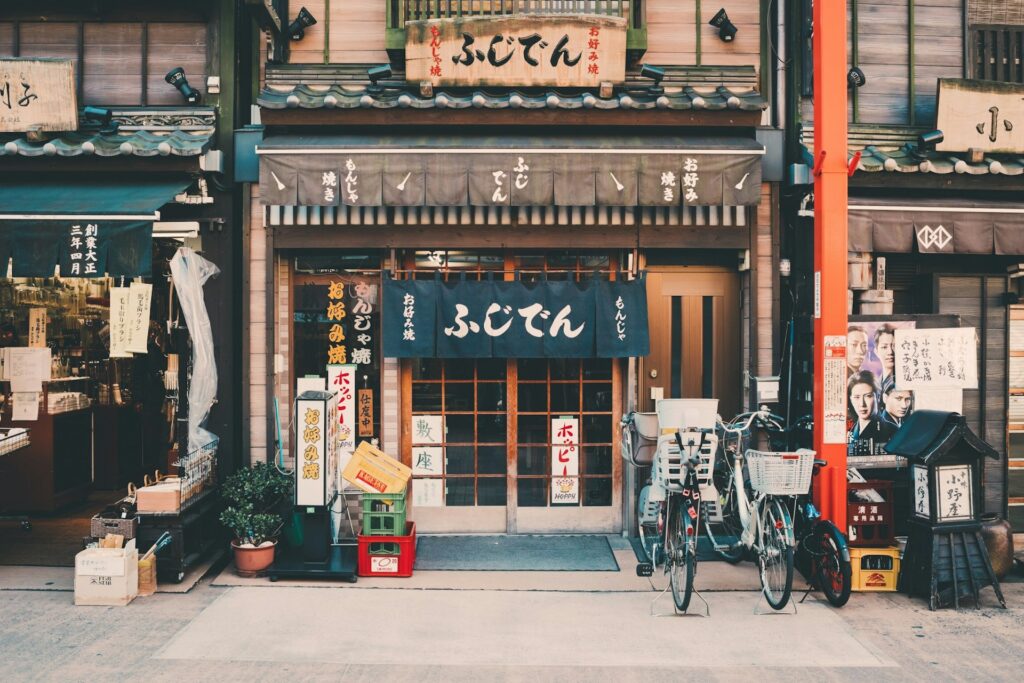

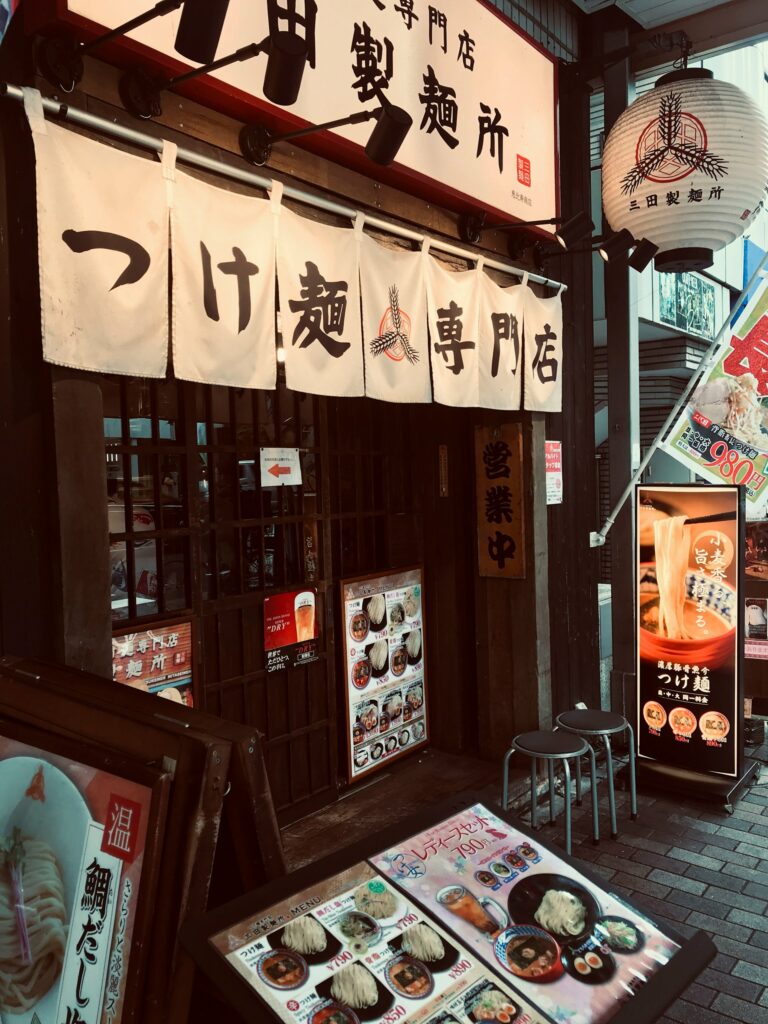
Use Convenience Stores As Language Hubs
Japan’s ubiquitous convenience stores (konbini) function as de facto language interface points throughout the country. Staff receive consistent English-phrase training focused on transaction completion, their point-of-sale systems include multilingual interface options, and they’ve pioneered standardized service processes that rely on visual cues.
Their ATMs offer consistent English interfaces for international card access when many Japanese bank ATMs reject foreign cards. Their multimedia kiosks provide ticket printing with standardized interfaces, and their payment systems accommodate foreign credit cards more reliably than many local establishments.
Konbini sell SIM cards with English setup instructions, offer printed maps with standardised legends, and process courier services with simplified forms. Their food labelling uses consistent iconography for identifying contents (particularly helpful for dietary restrictions). When booking accommodation, noting nearby convenience stores creates accessible communication touch points regardless of your location.
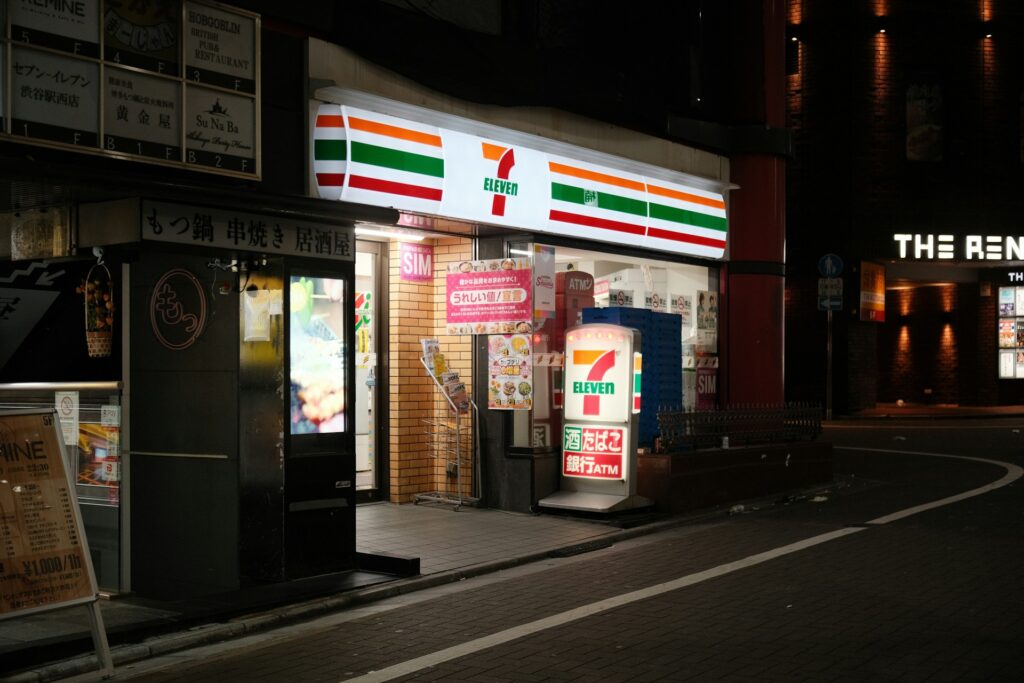
The Bottom Line
Of course, it goes without saying (but we’ll say it anyway) that there’s also tremendous value in learning even a small amount of Japanese before your trip. Even mastering a few dozen common phrases and understanding basic grammar structures can transform your interactions from functional to meaningful. The effort demonstrates respect for the culture you’re visiting and often leads to richer, more rewarding experiences.
Now we’ve got that advice delivered and dispensed with, we’re off to explore Japan by bicycle. Care to join us?





